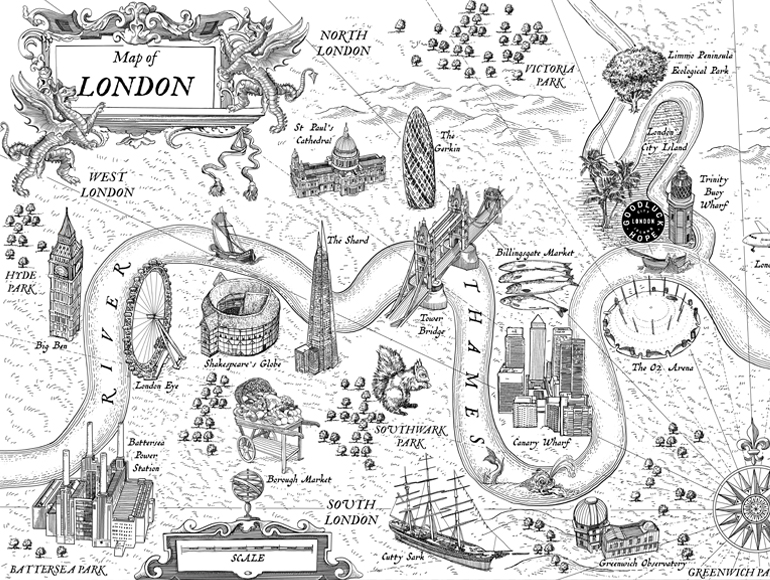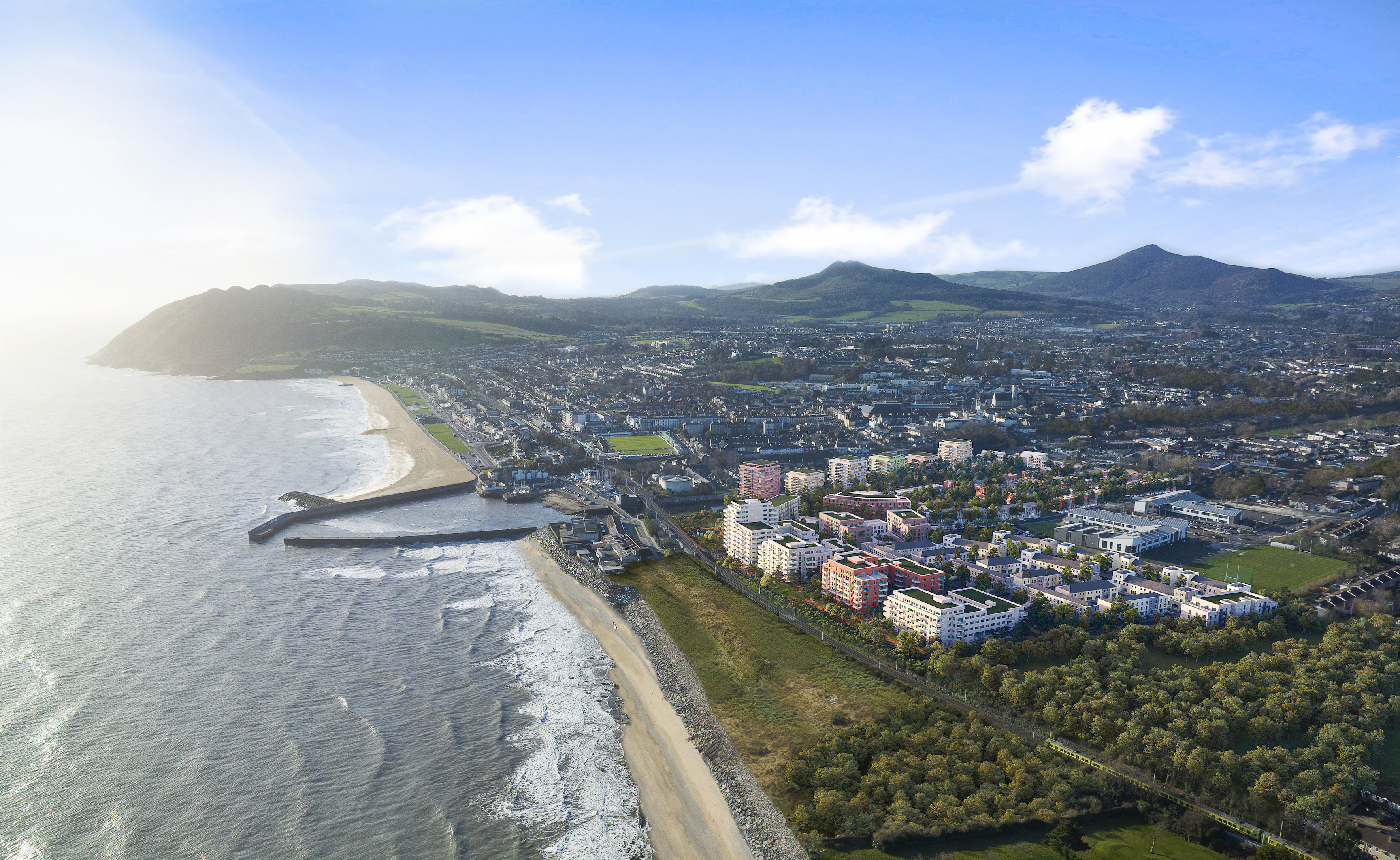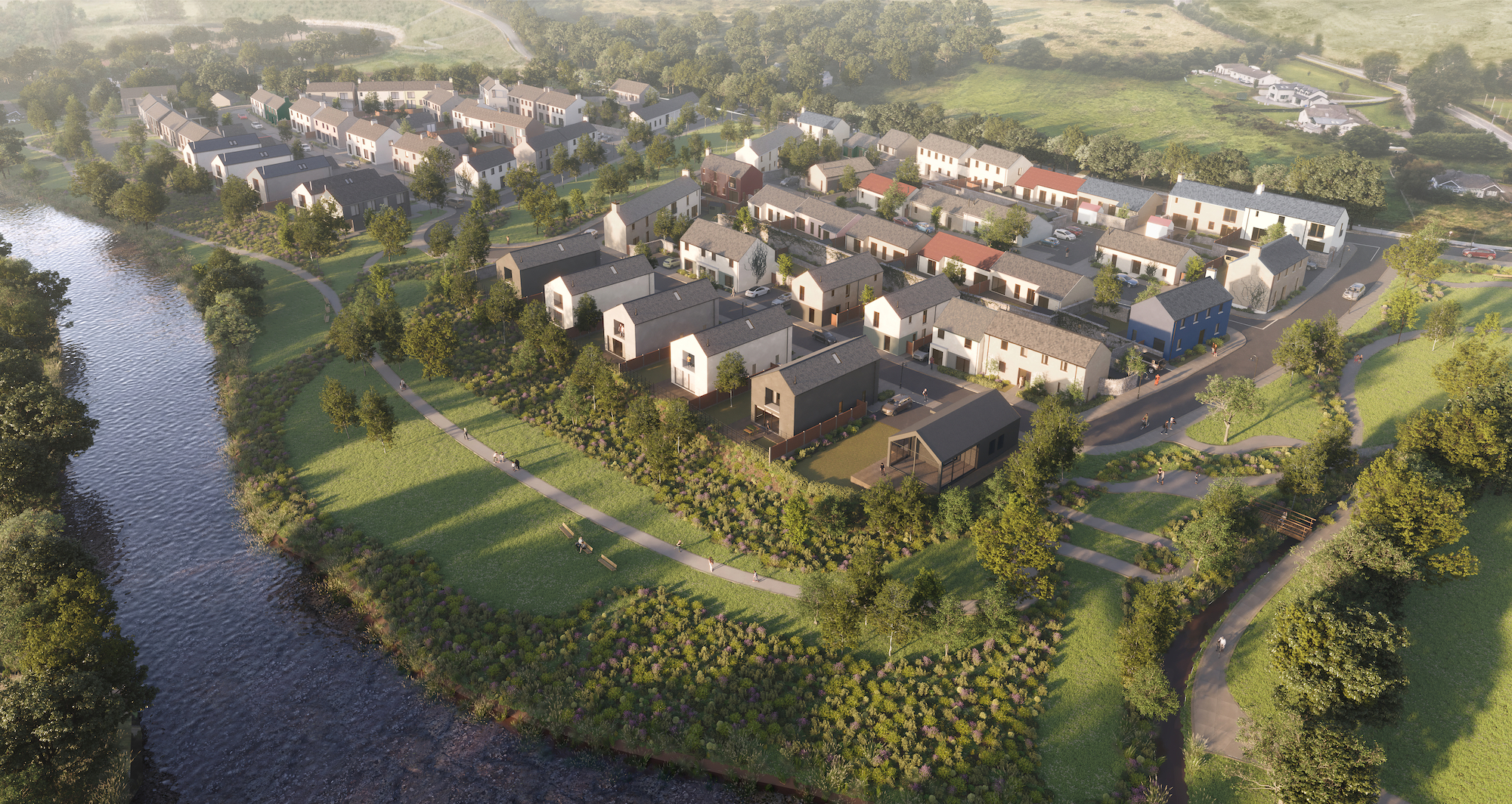News
Back on the map
Blessed with a unique location on the Thames, it was the area’s rich history that gave Goodluck Hope its intriguing new name.
Goodluck Hope may sound like an exotic place in a pirate story. In fact Ballymore’s latest development in east London acquired its name back in the 14th century – and it has been a fascinating journey into the past to discover why.
Landscape architect Huw Morgan is a big fan of old maps and it was during his research of the area, known as Leamouth South, that he came across an historic map from the 1300s.
“I was looking at the original maps of the River Lee peninsula when I saw one section depicted as Goodluck Hope - or as it was called then Godelockhope”, explains Morgan, who shares a long association with Ballymore.
According to ancient records, the nine-acre site, directly to the south of Ballymore’s London City Island, was divided into two holdings, one described as a “hope of reeds” with a fishery, and the other as a farm for grazing.
The area has gone through many changes. But its extraordinary position on the sweeping bend of the Thames has meant it has had an almost continuous link with shipping with records of ships being unloaded here as early as 1297.
In the early 19th century, Goodluck Hope became part of the East India Docks through which the East India Company, founded in 1600, imported tea, spices, indigo, silk and Persian carpets.
Morgan says the area would have been dominated by a “walled warehouse complex” to protect valuable cargo. While nothing remains of the warehouses, it is the lingering memory of these exotic goods from India and China that has provided the inspiration for the development’s initial launch in June.
Visitors to the new Goodluck Hope marketing suite, housed in one of the few remaining reaming buildings, walk though a palm grove, a reference to the giant palms used by the East India Company to help sailors navigate, while tropical plants evoke all the imported goods from “parts of the world we knew nothing about,” explains Morgan.
Most of the time we never stop to think why a place is given a particular name. We take it for granted. But for Morgan, exploring a direct link with our cultural history goes much deeper than simple marketing - it creates an identity.
He explains that as well as shipping, Goodluck Hope was a community of manufacturers, from coopers to glassmakers and seed crushers to a sack and bag company.
It is this entrepreneurial spirit of traders and makers that will imbue the new Goodluck Hope, beginning with a brewery that will be located on the site of the old Orchard House pub.
“Goodluck Hope is our starting point. It is a very unique setting with a fascinating backstory. It gives us a strong narrative that has evolved and changed over time. And it’s these layers that add to the richness,” says Morgan, who has been working with architect Hal Currey to create the marketing suite.
And what about the area’s more recent history after the docks closed and industry moved away?
The construction of the docks cut the area off from the rest of Poplar. And until Ballymore built the ‘red bridge ‘ over Bow Creek, there was only one way in and out, which led to it being known as London’s “lost village”.
Putting Goodluck Hope on the map again is the first step in its reinvention as a place for laid-back living. But there is continuity too. The orchards, warehouses and factories may have gone but the sense of adventure and discovery lives on.
https://www.goodluckhope.com/




